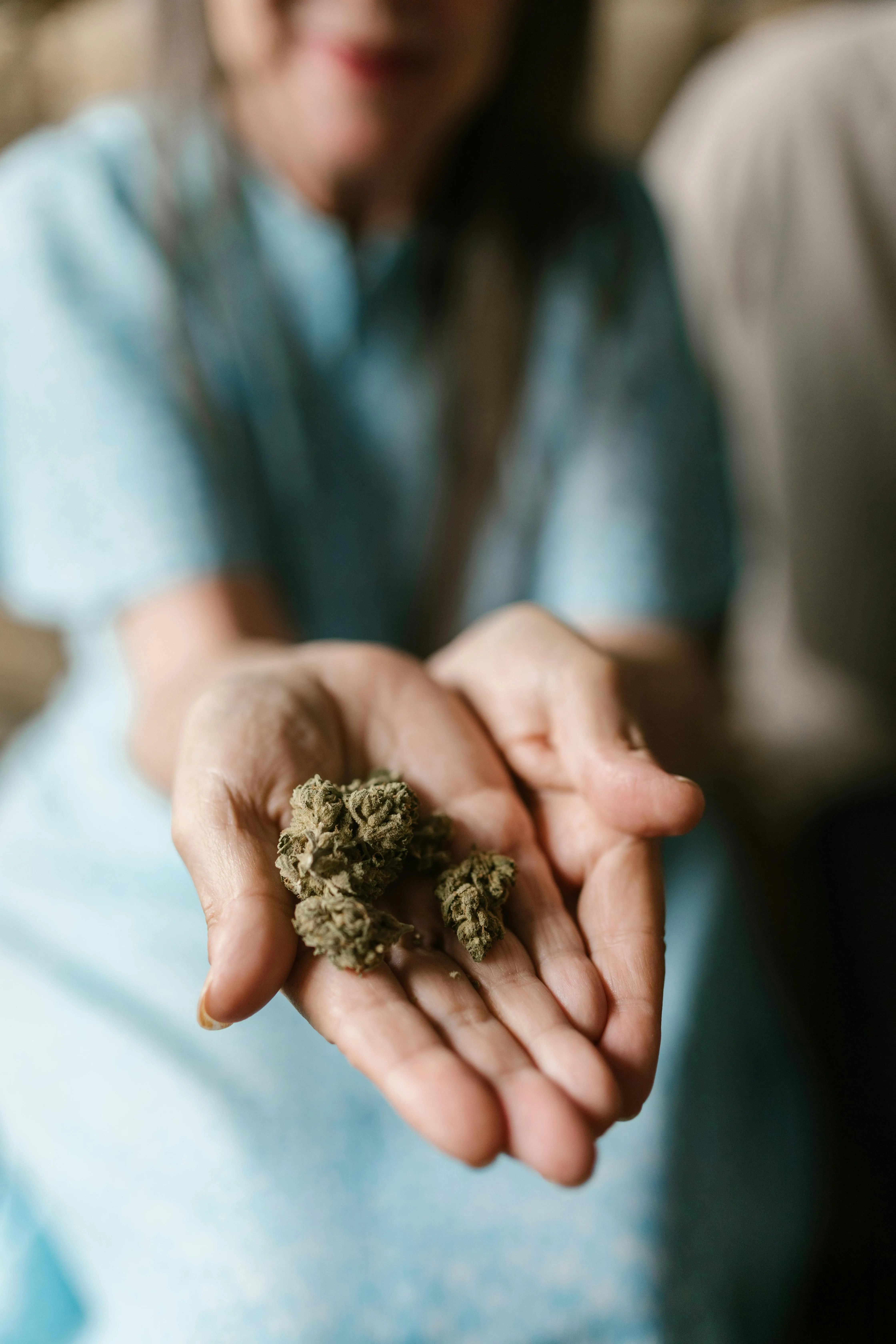From Garden to Goodness: Mastering the Art of Cannabutter
There’s something undeniably magical about transforming ordinary ingredients into something extraordinary. And when it comes to cannabis, few creations are as versatile and delicious as cannabutter – a culinary chameleon capable of elevating baked goods, savory dishes, and even your morning toast!
But fear not, aspiring canna-chefs! Making cannabutter at home is easier than you might think. With just a handful of ingredients and some patience, you can unlock a world of flavorful possibilities.
Why Cannabutter?
Before we delve into the recipe, let’s explore why cannabutter reigns supreme in the realm of cannabis edibles:
* Versatility: Cannabutter seamlessly integrates into countless recipes – think cookies, brownies, sauces, mashed potatoes, and even savory pasta dishes! The possibilities are truly endless.
* Controlled Dosage: Making your own cannabutter allows you to control the potency, ensuring a consistent experience tailored to your individual needs and preferences.
* Delicious Disguise: Cannabutter masks the earthy flavor of cannabis, making it palatable for those who aren’t keen on the taste.
Gather Your Ingredients
To embark on this culinary adventure, you’ll need:
* Cannabis flower: Choose a strain with high THC content for a more potent effect or a CBD-dominant strain for relaxing and therapeutic benefits.
* Butter: Unsalted butter works best as it allows you to control the salt content in your final product.
* Water: This helps create the necessary steam during the infusion process.
Optional Additions:
* Lecithin: A natural emulsifier that enhances cannabinoid absorption and promotes a smoother, more consistent experience.
The Infusion Process: Low and Slow Wins the Race
1. Decarboxylation: The first step is to activate the THC in your cannabis flower through decarboxylation. Preheat your oven to 240°F (115°C) and spread your ground cannabis evenly on a baking sheet lined with parchment paper. Bake for 30-40 minutes, stirring occasionally, until the cannabis turns a light brown color. This process converts THCA into THC, making it psychoactive.
2. Simmer & Infuse: In a saucepan, combine your decarboxylated cannabis with water and butter. Gently simmer on low heat for 2-3 hours, stirring frequently to prevent burning. The key is low and slow – high heat can degrade the cannabinoids and create an unpleasant flavor.
3. Strain & Store: After the infusion process, strain the mixture through a cheesecloth or fine-mesh strainer into a bowl or container. Squeeze out as much butter as possible from the cannabis pulp. Store your cannabutter in an airtight container in the refrigerator for up to 2 months.
Dosage and Consumption:
Remember that homemade cannabutter potency can vary depending on factors like the strain, amount of cannabis used, and cooking time. Start with a small dose (1 teaspoon or less) and gradually increase until you reach your desired effect. It’s crucial to consume edibles responsibly, allowing ample time for the effects to kick in before consuming more.
Beyond Baking: Exploring Culinary Creativity
While baking is a popular way to enjoy cannabutter, don’t be afraid to get creative!
* Savory Sensations: Elevate your mashed potatoes, pasta sauces, or even grilled cheese sandwiches with a touch of cannabutter for a gourmet twist.
* Sweet Treats: Whip up delicious cannabutter brownies, cookies, or even cannabutter frosting for an indulgent treat.
* Smoothies & Drinks: Blend cannabutter into smoothies or coffee for a discreet and enjoyable way to consume cannabis.
Safety First: Always label your cannabutter clearly to prevent accidental consumption by others. Store it securely out of reach of children and pets.
Making cannabutter is a rewarding experience that empowers you to create unique and delicious edibles tailored to your preferences. So, gather your ingredients, embrace the process, and get ready to enjoy the green goodness!